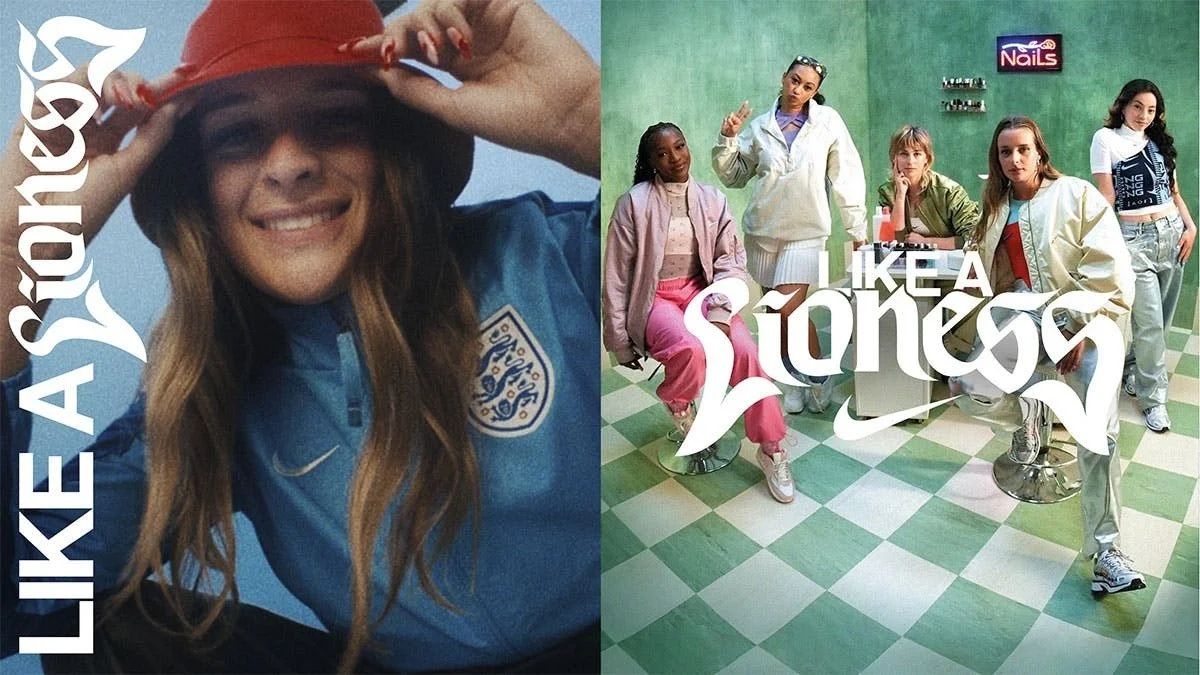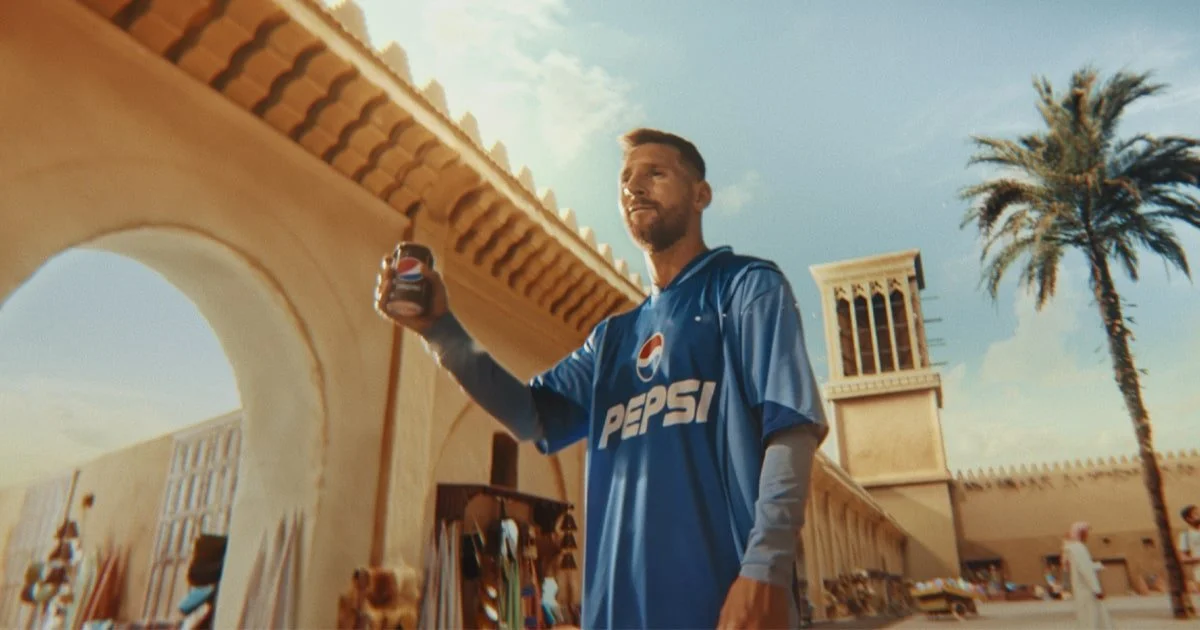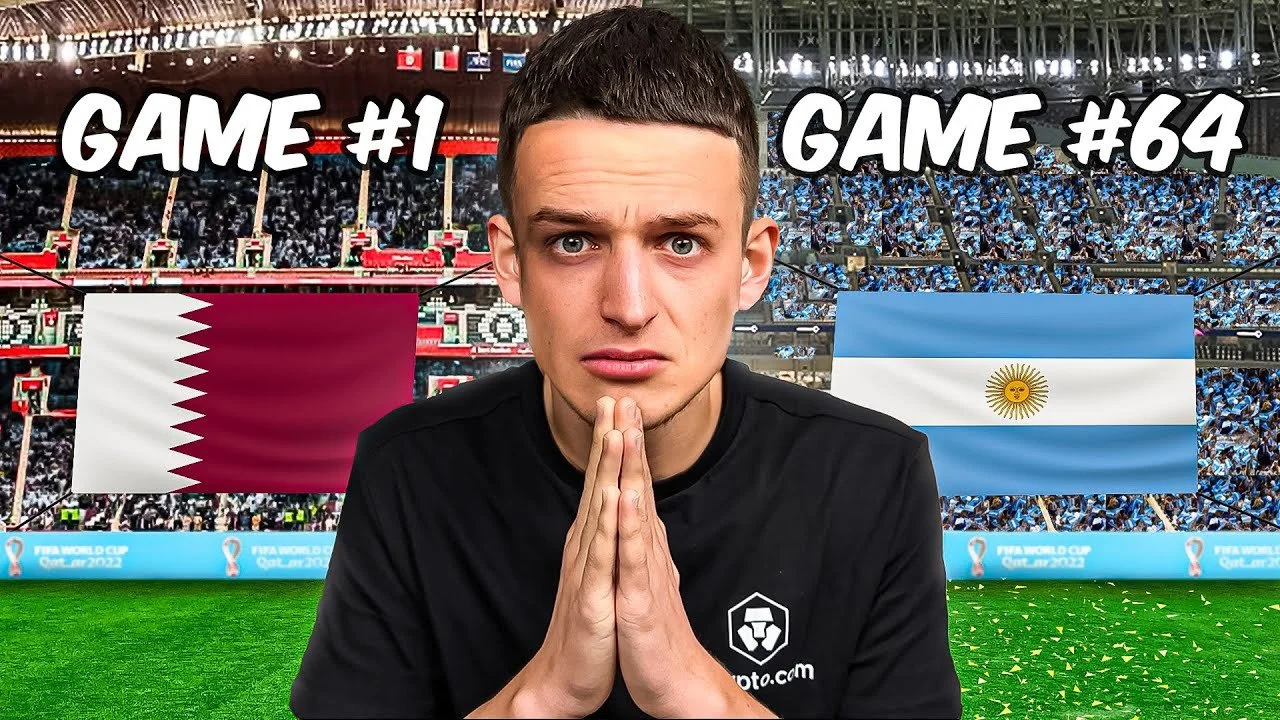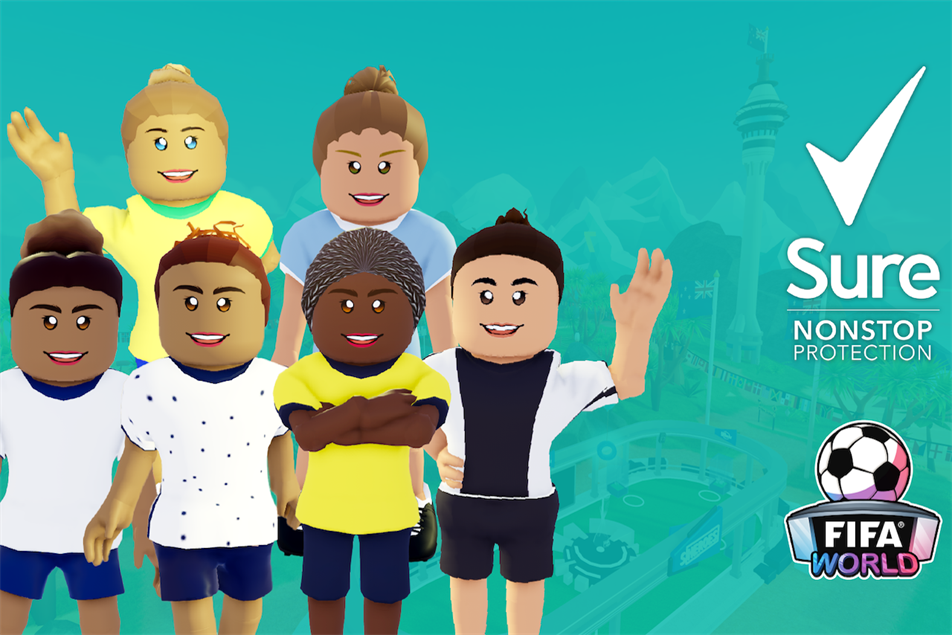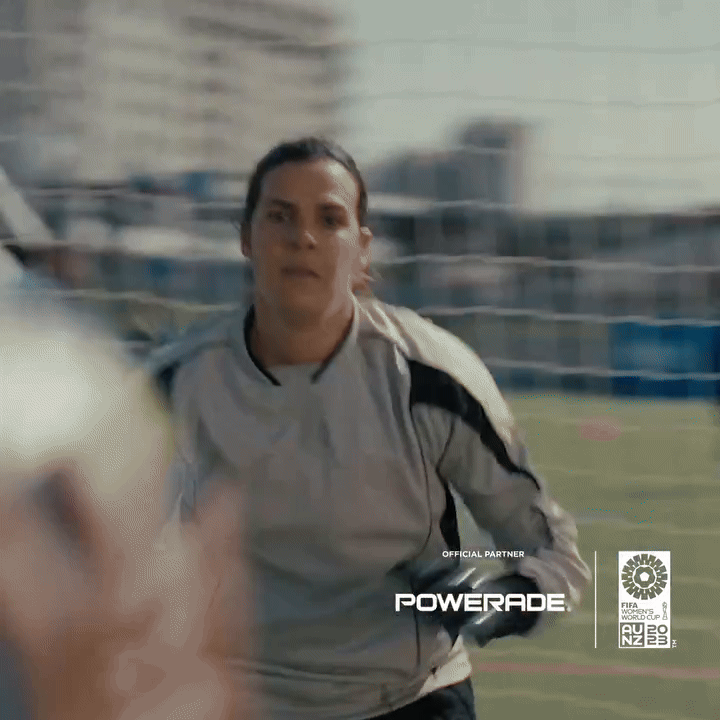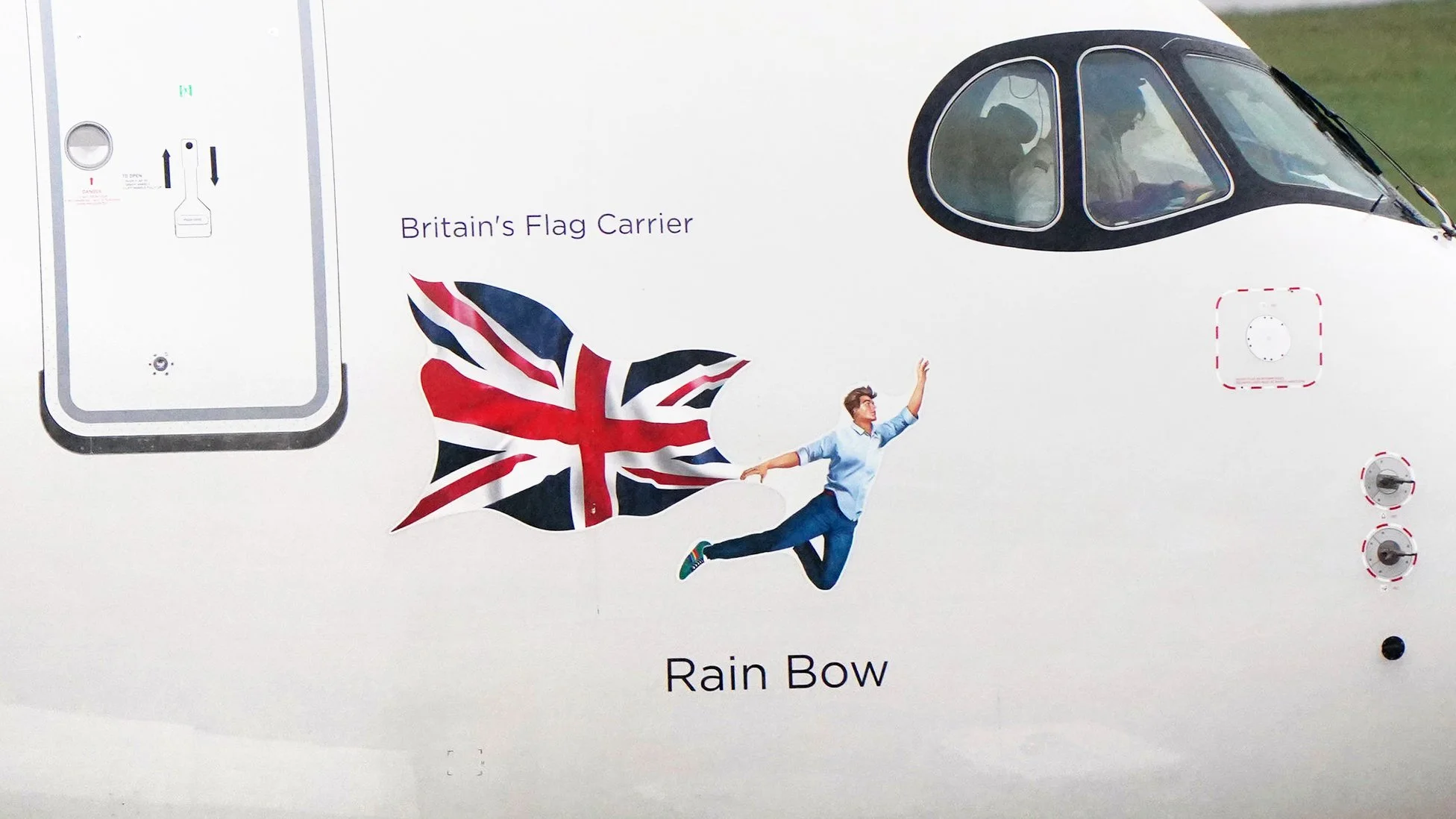11 World Cup Marketing Campaigns That Scored Big (And What Brands Can Learn)
In 30 Seconds
Here's an absolute worldie of an insight: women's sports deserve serious marketing attention. We've rounded up some of the best campaigns of recent years, but the goal is still wide open for brands to get ahead
We've cut the fluff to give you pure tekkers. Whether you're a big budget brand or working on a shoestring, we've outlined the strategies that'll help you win
Whichever tournament you're activating around, it should always be fan-first for a perfect, clinical finish.
It's about time we start taking women's sports seriously. With the Women's Rugby World Cup approaching this September, brands are already plotting their game plans to capitalise on the tournament's global reach. But whether it's football, rugby, or any major sporting event, the fundamental principles of successful World Cup marketing remain remarkably consistent.
From creative storytelling that tugs at heartstrings to innovative product launches with sales front of mind, the most memorable World Cup campaigns share common DNA: they tap into the genuine passion of fans while delivering tangible business results for brands. The campaigns that really score big combine multiple marketing disciplines - from influencer partnerships and social media activations to experiential marketing and digital PR stunts - creating integrated approaches that maximise reach and impact. The hat trick of sports marketing, you could say.
We've rounded up 11 campaigns that brought home the gold through capturing attention and converting viewers into customers. If you're an FMCG brand or hospitality business in particular, keep reading. This inspiration will help you score big during the next major tournament.
1. Nike - Like A Lioness
(2023 Women's World Cup)
Nike know what they're doing. With the goal of getting teenage girls in England to engage in, and be inspired by, football during the World Cup, they created a multi-layered campaign that combined traditional advertising with social media challenges and clever influencer partnerships.
The campaign highlighted what it meant to be a Lioness: unrelenting ambition in proving any doubters wrong, and pushing through any obstacle on way to get to the top. They crafted messaging that would inspire a generation of women.
The #LikeALionessChallenge kicked off on TikTok with dancer Becki Louise, and generated a huge amount of organic UGC (user-generated content), and other influencers were enlisted to spread awareness. As buzz around the Lionesses grew, the hashtag became a symbol of support. The real stroke of genius? Partnering with Amelia Dimoldenberg for behind-the-scenes content with the Lionesses, recreating the viral #passthephone TikTok trend alongside players and young girls from Football Beyond Borders.
Why It Works: This is how you do modern sports marketing. Nike know that today's audiences crave community. They don't just want to be sold to - they want to feel empowered and included. The Lionesses fought for their place in the sport, and the campaign messaging was inspiring enough to show this. By partnering with talent that their target audience looks up to, Nike helped create a roar for girls in football across the country.
Key Takeouts:
Create a branded challenge - perhaps around your product usage - during the tournament. If you're FMCG, perhaps a creative way to share snacks?
Build influencer ecosystems with creators from different verticals, not just sports (this is where most brands get it wrong)
Use platform-native formats to speak to your audience. Trending audio will help bolster your efforts on TikTok, for instance.
Partner with personalities who have genuine connections - and let their personalities shine.
2. Adidas - Family Reunion
(2022 FIFA World Cup)
In 2022, when 32 million sports fans descended upon Doha and surrounding regions to celebrate FIFA World Cup Qatar, Adidas stepped up to give fans a sports entertainment experience they would always remember, called 'Family Reunion'. The goal was to bring people together and talk about inclusivity and gender equality, in a way that would place Adidas at the heart of the tournament.
The crucial step? They created physical experiences that became must-visit destinations. These included Al Rihla Avenue (a floating "Adidas house" at Burj Khalifa, Dubai), Al Rihla Arena (title sponsor activations at FIFA Fan Festivals in Doha and Dubai), retail executions across 22 stores in four countries, and "The Equal Play Billboard", which celebrated women's football at Stadium 974 beach in Doha.
Essentially, Adidas went about creating actual spaces where fans could gather and experience the brand firsthand. They thought about the different connections fans would have with the brand, and how to bring that to real life. Then they upped rhe ante: think rap artist Stormzy rallying football icons including Lionel Messi and Karim Benzema.
Why It Works: This campaign is a masterclass in thinking bigger than your competitors. While other brands were fighting for TV spots, Adidas was building actual destinations. The result? A whopping 37% share of conversation versus other sponsor brands. That's understanding that in the Instagram age, experiences trump advertisements.
Key Takeaways:
Create physical experiences that generate organic social user-generated content, so your fans become your content creators. An Instagram-worthy product display can work wonders for FMCG, while pre-match events can help improve dwell time for hospitality, for instance.
Measure success through share of conversation, not just reach (vanity metrics won't pay your bills)
While this is big budget, the principle of switching up the context can work for any brand. Look for physical spaces where your audience connects with the sport, and use your brand to add to the moment.
3. EA Sports FC - female gaming influencers
(2023 Women's World Cup)
EA Sports wanted to promote their playable Women's World Cup mode, and they enlisted a team of gaming and football influencers on TikTok for the assist. People like Fara Williams, Lil Jr, and Shauna Games demonstrated the different nations and players available in-game, while explaining features and incentives for FIFA Ultimate Team players.
It worked by targeting the game's existing highly engaged fan base, while leveraging their passion for football to drive awareness of the women's game offering.
Why It Works: EA nailed this because they know that you don't need to reach everyone, you just need to reach the right people. Their gaming audience already had a strong football affinity, so rather than casting the net too wide, they focused on influencers who genuinely lived at the intersection of gaming and football. The campaign felt like friends recommending cool features rather than over polished advertising. Plus, using this campaign to boost women's football visibility was a smart long-term play.
Key Takeaways:
Partner with influencers who genuinely represent what your brand is about. No one likes a fake fan.
Use campaign messaging to support broader social causes - it's good karma and good business
Target audiences who already have high engagement with your product category (work smarter, not harder)
No one wants a lecture disguised as content, so focus on educating through entertainment
4. Pepsi Max - Nutmeg Royale
(2022 FIFA World Cup)
Coca-Cola may have been an official sponsor, but at the 2022 FIFA World Cup, Pepsi still managed to steal the show. Pepsi nailed this with an entertaining short film featuring Leo Messi, Paul Pogba, and Ronaldinho battling it out in a "nutmeg tournament" set in a Middle Eastern location. The campaign gamified football skills while celebrating the host nation's culture and history.
Plus, the idea played on the association of foolishness - no footballer wants to be nutmegged - to subtly point out their superior marketing strategy.
Why It Works: Pepsi proved that creative execution can beat official sponsorship advantages. They were creating something that football fans actively wanted to watch and share. Everyone knows about the rivalry between Pepsi and Coke, and this creative allowed football fans to feel in on the joke.
It's also a great example of the importance of the right music. Using "The Rockafeller Skank", a song that makes it virtually impossible to hear without getting pumped up, fit perfectly with what they wanted to achieve.
Key Takeaways:
Don't let budget limitations become creativity limitations. Sometimes the simplest creative idea can be the most effective.
If you can tap into your sport's in-jokes, you're onto a winner.
Music can enhance memorability and an extra layer of humour. Find the right track and you’ll be in your audience’s heads throughout the tournament.
If you don't have funny bones, partner with comedy creators for entertainment that'll connect your brand with the moment in a comedic way
5. Crypto.com- The Impossible Challenge
(FIFA World Cup 2022)
We've all heard the advice, "to stand out, you need to think outside the box". Sometimes, that's thinking up something no one has ever done. In a competitive sports context, that challenge can become a physical or endurance one.
Crypto.com signed football-focused creator and YouTuber Thogden to attempt attending all 64 World Cup games in 28 days, documenting the entire journey for over 1 million followers. The social-first approach created ongoing content throughout the tournament, while positioning Crypto.com as enablers of the ultimate fan experience.
Why It Works: Attention spans are short, but tournament periods are long. Creating episodic content across the tournament meant Crypto.com were front of mind throughout. Thogden's infectious personality made what could have been a boring brand integration feel like following your football-obsessed mate on the adventure of a lifetime. The "impossible challenge" angle created natural drama and engagement that kept audiences coming back for more.
Key Takeaways:
Episodic content can work better than one-off activations. Give your audience a reason to keep coming back.
Gamification campaigns help add to the competitive feel - exactly what World Cup audiences are after.
Focus on fan experience, rather than product promotion. You'll still be remembered this way, trust us.
Really, this campaign had very little to do with crypto. It's a strategy that any brand looking for top-of-the-funnel awareness can recycle.
6. Sure/Rexona - Roblox Gaming
(2023 Women's World Cup)
44% of Roblox players are female, and Sure strategically capitalised on this for the 2023 Women's World Cup. They created the Rexona Obby FIFA World within Roblox, featuring interactive games, rewards, and educational elements about women's football. The campaign partnered with gaming and football influencers to demonstrate the virtual world while encouraging young girls to play football.
Why It Works: Sure recognised that with such a female-heavy audience on Roblox, it was the perfect intersection of their target audience and the Women's World Cup. The educational element about women's football felt natural within the gaming context. It's a perfect example of how you reach Gen Z without trying too hard.
Key Takeaways:
Audience fit is important. Choose platforms based on what you know about your customers, not just marketing trends.
Don't just advertise. Find ways to become part of the experience.
Credibility matters more than follower count. Partner with influencers who already use the platform you're marketing on.
You don't have to be a virtual reality brand to use virtual tactics. Use tools like themed filters and effects to get social media users organically posting branded content. Pair it with a message that resonates, and younger audiences will lap it up.
7. Aldi - Feast of Football
(FIFA World Cup 2022)
With the 2022 World Cup happening in our winter, Aldi utilised the tools they already had (i.e. familiar brand ads over the Christmas season), and it worked. They created a parody advert recreating Nike's famous 1998 World Cup Brazil airport ad, but starring "Kevin the Carrot" and his famous footballing food friends instead.
The nostalgic homage ended with Kevin missing his flight and defending his house Home Alone-style, perfectly timing the Christmas/World Cup collision.
Why It Works: This is a great example of how, sometimes, stealing with pride works in your favour. Aldi didn't just copy Nike - they added their own, recognisable twist, making sure to get their own brand signatures woven in. This shows that you're a brand that knows its personality and isn't afraid to be playful. You have the confidence to know what to do at the right time.
Key Takeaways:
Leverage cultural references that resonate with your target audience, but add your own spin. Can you recreate famous sports moments with your own products as the protagonist?
Look for more cultural collisions that are happening at the same time. These can be opportunities for combining multiple parodies.
Make people laugh and they'll share it for free. Focus on entertainment value and the organic social and earned media opportunities will proliferate.
8. FOX Sports - Superfan Santa
(FIFA World Cup 2022)
Let's be honest, competing with Santa Claus is tough work. Which is why FOX Sports brought that to attention in their 2022 World Cup campaign. With John Hamm as Santa Claus, the campaign brought attention to the fact that the World Cup was competing with Christmas for top spot on advertising platforms. The campaign told the story of how Santa actually realised that sharing the holiday season with the tournament created the ultimate festive fan experience.
Why It Works: Jon Hamm as a football-obsessed Santa is casting perfection. We’re used to seeing him as Don Draper of Mad Men, so seeing him tackle this advertising conundrum had quite a meta feel to it. Plus the man could make reading a phone book entertaining. This campaign centred around tackling the elephant in the room head-on (winter World Cup vs Christmas) with humour rather than trying to pretend it didn't exist. The result was multi-layered in-jokes that, because fans recognised each Easter egg, made them feel part of the experience.
Key Takeaways:
Address challenges head-on rather than ignoring them. This applies in physical contexts, too: venues that address the challenge of busy periods with humour will ultimately win out.
Seasonal characters in sports contexts seem to really win audiences over. Use them if you can!
Celebrity partnerships can amplify cultural moment messaging, but choose personalities that make sense. The choice here added an extra layer of in-joke. Consider what your celebrity is known for and how it could add colour to your brand or message.
9. Domino's Malaysia - Product Innovation
(FIFA World Cup 2014)
Domino's Malaysia launched nationally themed pizzas aligned with World Cup teams, with free entry to a competition to win all-expenses-paid trips to Brazil for customers who purchased from the limited line. The campaign perfectly targeted late-night World Cup viewing parties, when pizza delivery demand naturally peaks. It was a perfect mix of product innovation and promotional timing magic.
Why It Works: This campaign is brilliant in its simplicity and timing precision. Domino's recognised that World Cup viewing = late nights = pizza orders, then created products and promotions that made choosing them a no-brainer. The nationality-themed pizzas gave customers a fun reason to try something new, while the Brazil trip prizes connected directly to tournament attendance dreams. It's perfectly executed behavioural marketing. Sometimes the best campaigns are the ones that make the most obvious choice feel special.
Key Takeaways:
Give people a reason to choose you. Create tournament-specific product variations to encourage conversations over preference, and get people to trial different variations. Team colours, country-specific flavours, and country-specific cultural references - they’re all there for the taking.
Work with your audience's behaviour: time promotions to natural product consumption moments
Combine product innovation with promotional mechanics (double your reasons to buy!) Can you create loyalty rewards tied to tournament attendance or spending, for instance?
10. Powerade - #PauseIsPower
(2023 Women's World Cup)
Powerade took a refreshing approach by challenging the "win at all costs" mentality through their #PauseIsPower TikTok campaign. Creators advocated for moments of laughter, reflection, community, and recovery. The campaign positioned pauses as acts of humanity with regenerative benefits, using TikTok creators to demonstrate healthier sporting attitudes and promote Powerade as fuel for balanced competition.
Why It Works: In a sports drink category obsessed with "EXTREME PERFORMANCE!!!" messaging, Powerade had the courage to zig when everyone else was zagging. The mental health angle was perfectly timed for the women's sports conversation, where athlete wellbeing was actually being discussed openly. This campaign made Powerade feel mature and thoughtful, without losing the performance association.
Key Takeaways:
Challenge industry norms to create distinctive brand positioning (if everyone's shouting, try whispering)
Use social platforms to promote positive cultural conversations. Unfortunately, social media can be a negative space for athletes. Do what you can to support them.
In fact, create any content - social or otherwise - that supports athlete and fan wellbeing. Caring is cool.
Think about the ways your brand messaging could be interpreted differently by sports audiences, and use this as your hook to get people re-framing their associations with you.
11. Virgin Atlantic - Rain Bow Plane
(FIFA World Cup 2022)
Virgin Atlantic flew the England team to Qatar in their "Rain Bow" plane. The Airbus A350-1000 featured the airline's LGBTQ+ icon, Oscar, who is depicted wearing rainbow-striped trainers and pulling a Union Jack flag.
The airline announced that their plane "celebrates diversity and inclusion at Virgin Atlantic every day while flying around the world.” While the brand didn’t explicity say, the move was widely interpreted as a statement against Qatar's strict anti-LGBTQ+ laws. It was a powerful visual statement that, naturally, generated massive earned media coverage and social conversation.
Why It Works: The visual was striking and unmistakable, creating the kind of "did you see that?" moment that spreads organically.
While it might at first appear gimmicky, this was a move that actually fit naturally within Virgin Atlantic’s brand. Years before, in 2019, Virgin Media had replaced their iconic ‘Flying Lady’ (also known as Varga girl) artwork that adorned its aircraft for 35 years, with a range of inclusive characters, including a black man, an Asian woman, and of course, Oscar. However, Virgin Atlantic didn’t come out entirely scott-free: the 2022 story led to scepticism about the company’s crew policies.
Key Takeaways:
Clear values-based stances can generate great earned media coverage (but be prepared for backlash amongst those who disagree)
Design PR stunts that align with genuine brand values. Don’t shoehorn them in, though. Find the hook between your brand and what the sport stands for.
Create visual moments that tell stories without words. That’s especially important when there’s tension between your values and a host country’s
Make sure you dot i's and cross t's - the "anti-woke" brigade are on the hunt for inconsistencies. This means staff training should be a priority.
The winning formula: integration is everything
The most successful World Cup campaigns don't rely on single tactics - they create integrated ecosystems that work across multiple channels and touchpoints. Whether you're an FMCG brand looking to drive sales during tournament periods or a hospitality business wanting to become the go-to venue for match viewing, these campaigns show that success comes from understanding your audience's tournament journey and creating meaningful touchpoints throughout.
The brands that truly score big combine compelling storytelling with a mix and match of strategic influencer partnerships, innovative product development, experiential activations, and values-driven messaging. And when it's done right, they create campaigns that live way beyond the final whistle. Brands that get it are culturally relevant, socially conscious, and genuinely entertaining - not just pushy with their products.
Winners aren't necessarily the ones with the biggest budgets, either. While these famous examples come from global brands, the lessons apply for challengers too. Go against the grain: Pepsi beat Coca-Cola with pure entertainment value, and Crypto.com created more engagement than traditional TV advertisers with one influencer partnership. It's all about attitude.
Your brand playbook
Practical World Cup marketing for FMCG and leisure Brands
Whether you're sitting on a seven-figure marketing budget or working with whatever's left after the essentials, these insights can be adapted for your brand. Here's how to turn tournament fever into actual sales:
For big budgets:
Create your own tournament experience. Follow Adidas's lead by building physical activations that become destinations. For FMCG brands, think pop-up experiences in high-footfall locations where people can sample products while watching matches. For pubs and restaurants, create themed spaces or viewing areas that become the go-to spot for specific teams or demographics.
Build an influencer ecosystem. Don't just partner with sports influencers: cast a wider net like Nike did. Food brands should work with cooking creators, lifestyle influencers, and comedy accounts. Pubs should partner with local personalities, and entertainment creators who naturally align with your venue's vibe.
Develop tournament-specific products. Take inspiration from Domino's themed pizzas. Create limited-edition flavours, special menu items, or tournament packaging that gives customers a reason to choose you over competitors. The key is making it feel special and time-limited.
For smaller budgets:
Master social-first content. Partner with one or two micro-influencers who genuinely love sports and your product. Give them creative freedom to document their tournament experience while naturally featuring your brand.
Leverage cultural moments. Follow Aldi's parody playbook and find ways to insert your brand into existing cultural conversations around the tournament. This could be creating memes, jumping on trending sounds, or putting your spin on viral moments.
Focus on timing over scale. Like Domino's, identify exactly when your customers are most likely to need your product during tournament periods, then concentrate all your efforts on those moments. For pubs, it's pre-game and half-time. For snack brands, it's match days and post-game celebrations.
For startup budgets:
UGC campaigns for the win. Create a simple hashtag challenge encouraging customers to share how they enjoy your product during matches. Feature the best content on your social channels and offer small prizes in exchange.
Go local. Partner with local sports clubs, fan groups, and other sports communities. Sponsor viewing parties, provide products for local events, or create content featuring local fans. Your small budget will go further in a concentrated group that feels truly rewarded, than spread thin nationally.
Think reactive. Stay vigilant on social so you can jump on tournament moments quickly, and create reactive content that connects your brand to what's happening in real-time. Speed beats budget in the social media game.
The key insight from all these successful campaigns? Success is about understanding your customers' journey through the tournament and creating moments that feel natural, entertaining, and valuable.
Whether you're Pepsi taking on Coca-Cola or a local pub competing with the chain down the road, creativity and cultural understanding will always beat pure spending power.
Ready to create your own winning World Cup campaign?
The most successful brands don't just advertise during tournaments - they become part of the cultural conversation that makes these global moments so special. Start planning now, think beyond traditional advertising, and remember: the best campaigns feel less like marketing and more like moments fans actually want to be part of.
And if you'd like to hear how we could craft a creative world cup campaign for your brand, get in touch. We've done pretty well in Cannes Lions for our sports marketing creative before now...
